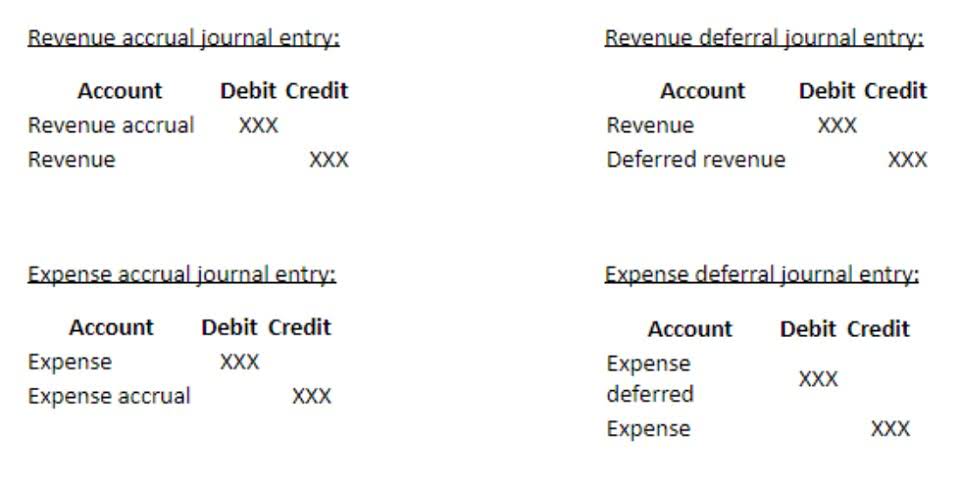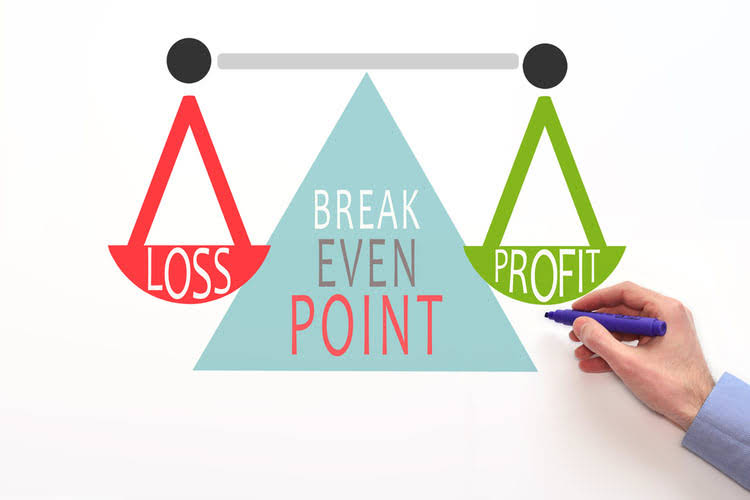
(2) It helps the management to know about the profitability of the jobs. (1) It is helpful to ascertain the cost as well as the profit or loss on each job separately. When Bookkeeping for Painters the job to be executed requires special treatment, a design to meet the customer’s specifications is prepared by the production planning department. This is done by the engineering department with consultation with the production planning department.
- You tailor your estimates to every job based on how long the project will take and what you’re building.
- As actual costs are accrued, they are compared to budgeted costs, to determine variances for each phase of each job.
- Multiple persons, parts, and processes may be needed to bring about a deliverable output.
- If your bakery produces the same type and amount of croissants every morning or your furniture company sells only premade chairs instead of custom orders, use process costing, not job costing.
Job Costing Vs Process Costing
It can be difficult to choose and implement the ideal allocation basis such as labor or job costing meaning machine hours. To streamline a job cost sheet, download our free job cost sheet template. This is a versatile template that provides a structured framework for tracking and managing the expenses tied to a specific project or job. The pricing is done per unit and often shows the cost of that component from a previous project so they can be compared.

Time-Consuming Process

(10) The industries need not incur selling and distribution expenses as the customers themselves come to place orders and collect the goods after production. (8) Under this method, the cost of each job and the profit or loss made on each job undertaken is found out separately. Raw Materials includes the carrying balance of $25,000 for 2014 and $800,000 for 2015.
Complex Overhead Allocation
A job profitability report is like an overall profit & loss statement for the firm, but is specific to each job number. Job costing is a cost accounting method used to track expenses for specific jobs, projects, or batches. Unlike continuous production methods where costs are spread evenly across all units, job costing focuses on the unique requirements of each job or project. The Institute of Cost and Management Accountants (ICMA) defines job costing as a method applied to customer-specific, short-duration tasks, with each job tracked by a unique order number. Job costing systems determine manufacturing costs systematically by dividing them in overhead, direct material, and direct labor costs and estimating them at their actual value. Manufacturing firms are using job costing to control the use of raw materials, labor hours and equipment by allocating the cost of each customer order separately.
This is most common in cost-reimbursement situations where the customer has contractually agreed CARES Act to reimburse a company for all costs charged to a specific job. Consequently, a job costing system may contain a large number of specialized rules that are not broadly applicable to all jobs for which it is compiling information. For example, a ship builder would likely accumulate costs for each ship produced. Construction companies and home builders would naturally gravitate to a job costing approach. Materials and labor can be readily traced to each job, and the cost assignment logically follows.
Create a budget or estimate for the project
Job costing is an accounting term used to describe how to determine the cost of producing a specific product or service. This includes direct costs, such as labor and materials, as well as indirect costs, such as overhead expenses. Manufacturing company ABC uses a job costing system to allocate job order costs at their actual value and track costs accurately to generate a profit. In January 2015, the company’s project manager prepared a yearly plan, estimating approximately $625,000 in overhead costs. Moreover, the carrying balances from 2014 were raw materials $25,000, work in progress $95,000, and finished goods $31,000.
Clever finance tips and the latest news

Chapter 17 introduced product costing, the schedule of cost of goods manufactured, and the basic cost flow of a manufacturer. In that preliminary presentation, most cost data (e.g., ending work in process inventory, etc.) were “given.” Chapter 18 showed how cost data are used in making important business decisions. How does one determine the cost data for products and services that are the end result of productive processes? Overhead costs such as administrative expenses or rent are shared across jobs and need to be allocated using a predetermined method.

- The easiest way to estimate applied overhead is to use a blanket overhead percentage.
- This means setting a flat, steady percentage that is used to calculate the applied overhead across all jobs.
- To find them, break down daily operating costs and then attribute the correct proportion to the project.
- (c) It highlights whether or not a job is likely to be profitable or not.
- Those materials which are traceable to the job are treated as prime cost element and those not traceable to the job are treated as manufacturing overhead.
- Job costing may assess all costs involved in a construction “job” or in the manufacturing of goods done in discrete batches.
From the total of $ 952,000, accountant deducts the cost of work in progress A and work in progress B. With the costs of materials and labor going up towards record highs, this feature, launched in July 2023, shall be helpful to determine the profitability of a project. In order to protect the contractor from the rise in the price, an escalation clause may be inserted in the contract. Escalation clause in a contract empowers a contractor to revise the price of the contract in case of increase in the prices of inputs due to some macroeconomic or other agreed reasons. As per this clause, the contract price is increased proportionately if there is a rise in input costs like material, labour or overheads.
- Subcontractor costs are those incurred by a general contractor when they hire external companies or individuals to execute certain parts of the construction project.
- Unlike other project management tools, there’s no time-consuming setup required with our software.
- It can be difficult to choose and implement the ideal allocation basis such as labor or machine hours.
- (7) By comparing the actual cost of each job against the price charged for each job, the profit or loss made on each job is ascertained.
- (4) Job costing is also intended to indicate, through the comparison of actual cost of a job with its estimated cost, whether the estimation is incorrect or the actual cost is excessive.
Subcontractor Costs
While the advantages of job order costing are clear, there are also some disadvantages to consider. Request a demo to learn how BILL can improve your accounting processes and save time. For example, if you pocket $1,000 on a job with a price of $2,000, your gross margin is 50%. But if you pocket $2,000 on a job with a price of $10,000, your gross margin is 20%. For waged employees, simply multiply the total hours worked by the hourly wage.
